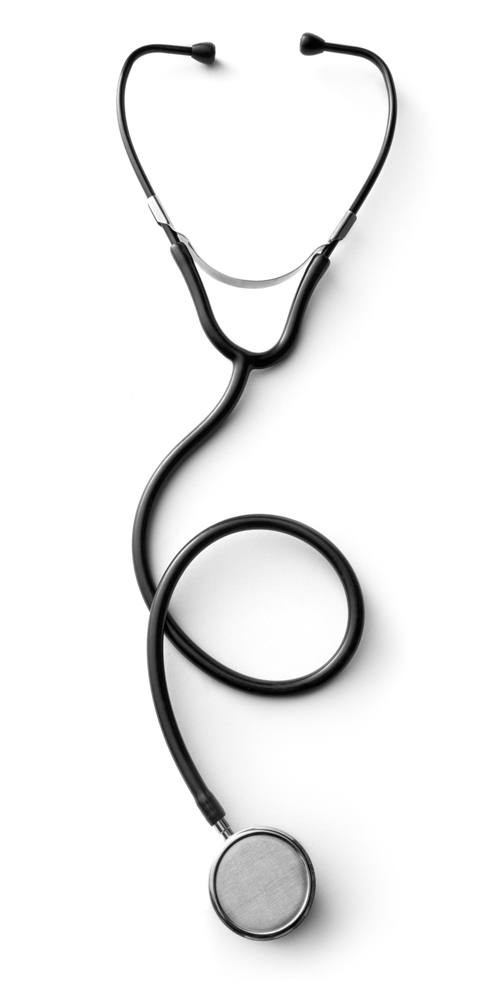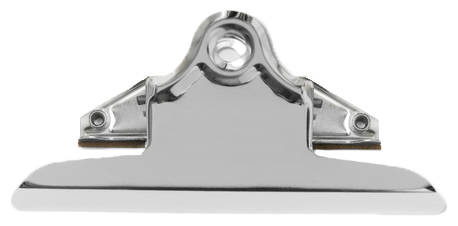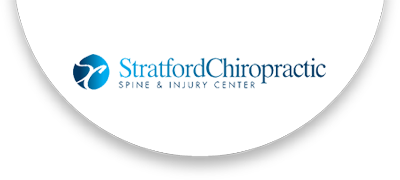HAVE YOU STRUGGLED WITH ANY OF THESE CONDITIONS?
Low Level Laser Therapy in Stratford is consistent in providing pain relief, reducing injury damage, loss of function, and in facilitating a more rapid repair of damaged tissues creating stronger healed tissue structures.
Arthritis/Joint Pain
Bursitis
Fibromyalgia
Knee Pain
Muscle Pain/Spasms
Shoulder/Rotator Cuff
Tendonitis
TMJ Pain/Dysfunction
Whiplash
Back Pain/Neck Pain
Carpal Tunnel Syndrome
Heel Spurs/Plantar Fasciitis
Migraine Headaches
Nerve Pain
Radiculopathy Sciatica
Sprain/Strain
Tennis Elbow
Trigeminal Neuralgia
new patient special
FREE Comprehensive Consultation
Our Professional TEAM

we may be able to offer a new solution
We are devoted to being a resource for low level laser therapy which may help people suffering from a variety of inflammatory and degenerative conditions regain their quality of life.

SCHEDULE NOW!
THERE MAY BE HOPE FOR YOU
If you are suffering from one of the listed conditions, there may be hope!
Schedule your Complimentary Consultation today.
Low Level Laser Therapy
Low Level Laser Therapy facilitates a rapid repair of damaged tissues through the action of photo-stimulation of specific wavelengths affecting the light reactive biological cell receptors (chromophores) in the body.
This modifies the effects of injured tissue and reduces the overall duration of inflammation while enhancing your body’s specific repair and healing mechanisms. This in turn reduces pain, spasms and increases the natural range of motion and flexibility of the injured area(s).
take action now
FREE Comprehensive Consultation
FREQUENTLY ASKED QUESTIONS
Multiple Clinical Studies Have Noted The Following Results of LLLT:
- Increased collagen production
- Increased vasodilation
- Increased cell metabolism
- Increased cell membrane potential
- Increased microcirculation
- Increased lymphatic response
- Enhanced nerve regeneration
- Reduced inflammatory duration
- Increased pain threshold
- Reduced edema magnitude
- Increased tissue and bone repair
- Increased enzyme response
Some 30+ years of scientific study and clinical research has provided us with detailed information on the reaction of biologic organelles (cell structures) to laser light. It has also shown us which wavelengths penetrate most deeply and what energy levels affect biological processes in the most desirable manner.
We need to fully understand the relationship between the depth (from the skin surface) of the target tissue and the ability of the therapeutic laser light to reach that tissue. The light from the laser distributes in the tissue in the shape of a ball or an egg. This is dependent on the wavelength of the light. Short wavelengths give a smaller and fairly round ball-shaped distribution, while longer wavelengths give a more eggshaped distribution.
The shorter 632 nm visible red wavelength is more readily absorbed by blood and skin surface components, thereby limiting its tissue penetration.
The longer 830nm invisible infrared wavelength is not as readily absorbed therefore it has a significantly greater depth of penetration. A greater amount of photons are delivered to the target tissue with the 830nm wavelength.
There is now ample clinical evidence that in contrast to other wavelengths, the 830 nm laser light produces specific beneficial biological reactions that are not produced by other wavelengths. This unique ability to stimulate greater response is the key to 830nm laser therapy.
The answer to this question is essentially one of penetration and delivered energy. In the treatment of soft and connective tissue injuries and disorders, the goal is to deliver the most effective laser wavelength to the target tissue.
Success Is In The Photon
One of the major contributors to the effectiveness of low-level laser therapy is the exchange of energy from light photons to the biological receptor.
In order to achieve any therapeutically significant response, there have to be sufficient photons delivered to the target tissue.
The availability of photons for stimulation is a function of both the appropriate wavelength and device power output.
These two factors determine the amount of photons reaching the desired location.
In treating conditions of greater than 1 cm in depth from the skin surface, the combination of the 830nm wavelength with a 30mW output produces the optimum photon beam.
Devices using other wavelengths and the very low 5-10 mW output lack the capability to supply adequate photon energy to deep tissue conditions.
Stimulates Increased ATP Production
Laser therapy has been used by leading scientists and clinicians around the world for over 20 years. In Japan, where laser therapy is considered a preferred medical practice, Dr. Noriko Mochizuki et al published a clinical study on the effect of laser therapy and ATP production.
In that study, the scientists found that tissue levels of ATP were significantly increased when the target area was irradiated with 830nm wavelength laser light. The study further stated that this beneficial increase in ATP production was not the result of temperature modification, but rather a direct response to the effect of laser light photons.
This study also showed that while 830 nm wavelength laser light stimulated ATP increases, laser light at 632nm had no stimulatory effect on ATP production.
This study along with a host of other clinical reports confirm the singular ability of the 830nm laser wavelength to stimulate cellular responses that result in accelerated metabolism and repair.
Since ATP functions as the primary fuel for cellular activity, stimulated increases of this energy source greatly enhances cellular ability to perform and complete biological processes.
Cold Laser Results In Increased Endorphins
Clinical studies done by Dr. Laakso et al from Royal Brisbane Hospital in Australia have confirmed that significant increases in plasma levels of endorphins resulted from 830nm laser irradiation. This same study showed that low dose diation do not result in significant increases in endorphin levels.
It is also important to note that this study confirmed that the 30mW power output provides better results than the low power, 5-10 mW units in endorphin stimulation.
The ability of the 830nm wavelength to stimulate the production of pain-reducing plasma endorphin levels, while other wavelengths did not, is important when clinicians are treating painful conditions.


